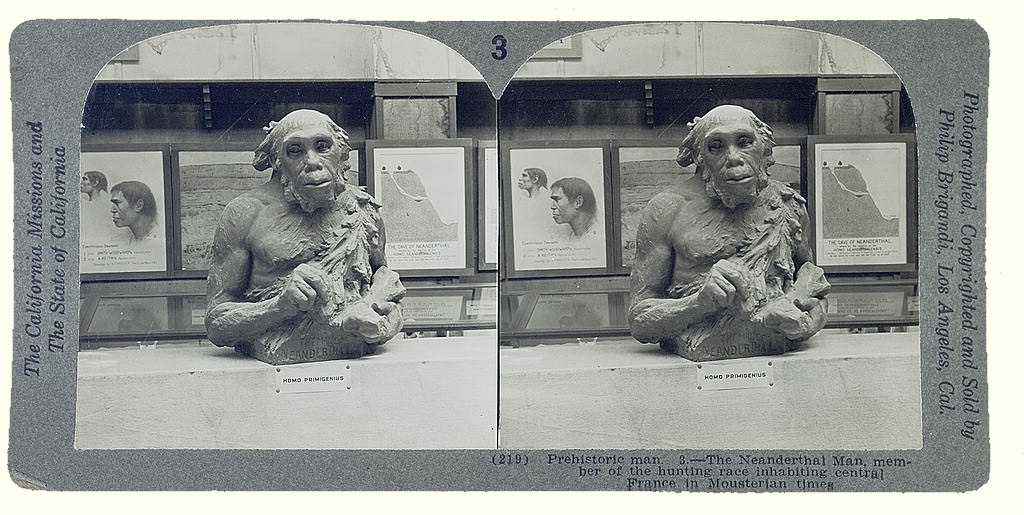New Light on Neanderthal Diets
Description

 The human remains at Neumark Nord, a Neanderthal site in Germany, are around 125,000 years old. Those at the Anthropology Research Facility (ARF) – aka the Body Farm – in Tennessee, a lot less. What connects them is a remarkable new explanation for the high nitrogen isotope ratios in Neanderthal remains. Normally, such high ratios are the result of eating lots of meat. John Speth thinks there’s a better interpretation.
The human remains at Neumark Nord, a Neanderthal site in Germany, are around 125,000 years old. Those at the Anthropology Research Facility (ARF) – aka the Body Farm – in Tennessee, a lot less. What connects them is a remarkable new explanation for the high nitrogen isotope ratios in Neanderthal remains. Normally, such high ratios are the result of eating lots of meat. John Speth thinks there’s a better interpretation.
Speth is emeritus professor of anthropology at the University of Michigan. He’s an expert on how hunter-gatherer societies survive, now and in the recent past, and that makes him a valued colleague of archaeologists trying to interpret the remains of Neanderthal societies. At the start of the summer, he was a co-author on two papers that shed light on Neanderthal diets. One identified the site at Neumark Nord as a fat factory where people extracted valuable bone grease in quantity. The other offers a more convincing explanation for why Neanderthals seem to eat as much meat as lions and tigers.
Notes
- The two papers we talked about are Large-scale processing of within-bone nutrients by Neanderthals, 125,000 years ago and Neanderthals, hypercarnivores, and maggots: Insights from stable nitrogen isotopes. Science also had an interview with Melanie Beasley, who did the maggot work, on its podcast.
- And the previous episodes with John Speth are Neanderthal Diets, a very early episode about how Neanderthals might have boiled starches, and It’s putrid, it’s paleo, and it’s good for you, the paper that prompted Melanie Beasley to measure the nitrogen isotopes of maggots.
- Here’s the transcript.
- If you’re wondering why the banner is an old and extremely inaccurate reconstruction of a Neanderthal, the Field Museum, a worthy institution to be sure, makes its images available only from Getty Images, which charges through the nose. I hope they’re both happy with that arrangement.






